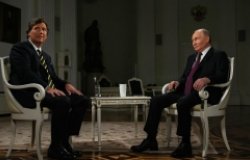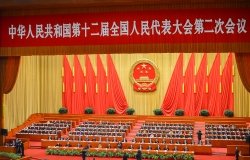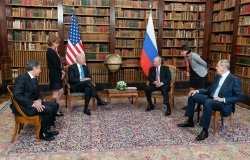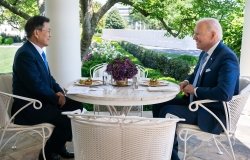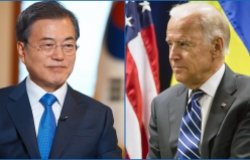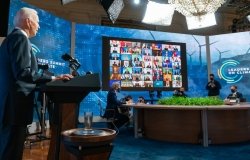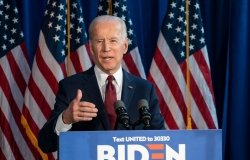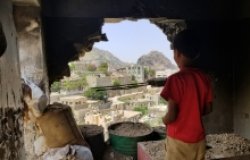Event Summary: Candidates, Voters, and Bots: The Forces at Play in the October 2018 Brazilian Elections
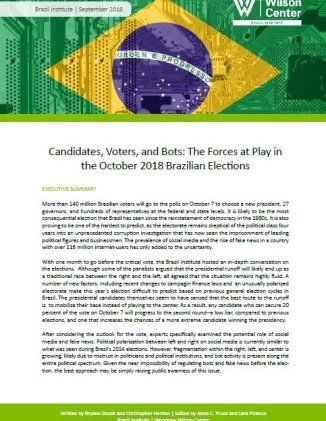

More than 140 million Brazilian voters will go to the polls on October 7 to choose a new president, 27 governors, and hundreds of representatives at the federal and state levels. It is likely to be the most consequential election that Brazil has seen since the reinstatement of democracy in the 1980s. It is also proving to be one of the hardest to predict, as the electorate remains skeptical of the political class four years into an unprecedented corruption investigation that has now seen the imprisonment of leading political figures and businessmen. The prevalence of social media and the rise of fake news in a country with over 116 million internet-users has only added to the uncertainty.
With one month to go before the critical vote, the Brazil Institute hosted an in-depth conversation on the elections. Although some of the panelists argued that the presidential runoff will likely end up as a traditional race between the right and the left, all agreed that the situation remains highly fluid. A number of new factors, including recent changes to campaign finance laws and an unusually polarized electorate make this year’s election difficult to predict based on previous general election cycles in Brazil. The presidential candidates themselves seem to have sensed that the best route to the runoff is to mobilize their base instead of playing to the center. As a result, any candidate who can secure 20 percent of the vote on October 7 will progress to the second round--a low bar, compared to previous elections, and one that increases the chances of a more extreme candidate winning the presidency.
After considering the outlook for the vote, experts specifically examined the potential role of social media and fake news. Political polarization between left and right on social media is currently similar to what was seen during Brazil’s 2014 elections. However, fragmentation within the right, left, and center is growing, likely due to mistrust in politicians and political institutions, and bot activity is present along the entire political spectrum. Given the near impossibility of regulating bots and fake news before the election, the best approach may be simply raising public awareness of this issue.
About the Author
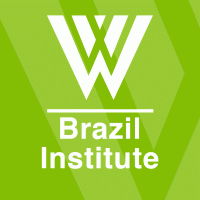
Brazil Institute
Read More
Brazil Institute
The Brazil Institute—the only country-specific policy institution focused on Brazil in Washington—works to foster understanding of Brazil’s complex reality and to support more consequential relations between Brazilian and US institutions in all sectors. The Brazil Institute plays this role by producing independent research and programs that bridge the gap between scholarship and policy, and by serving as a crossroads for leading policymakers, scholars and private sector representatives who are committed to addressing Brazil’s challenges and opportunities. Read more
